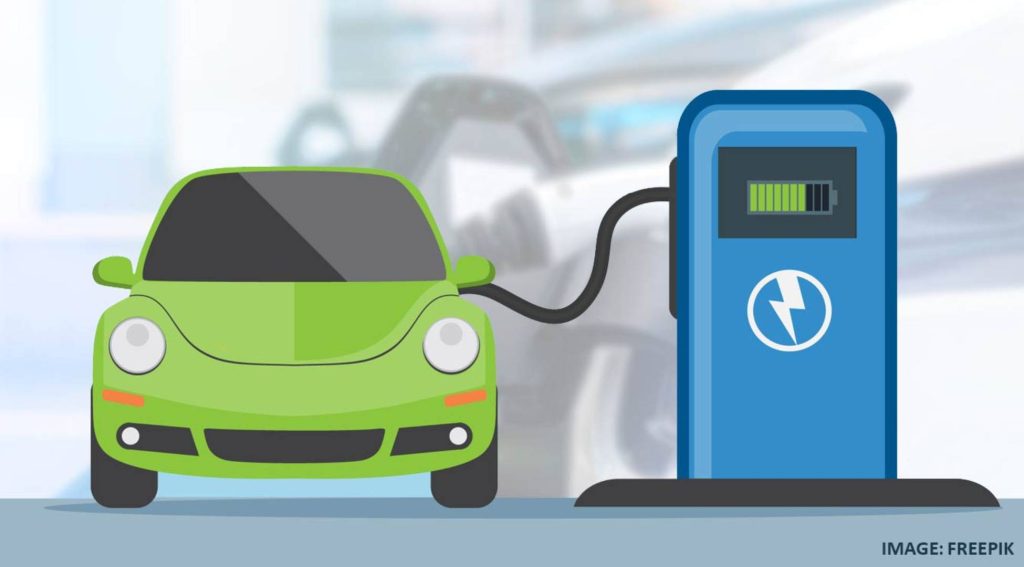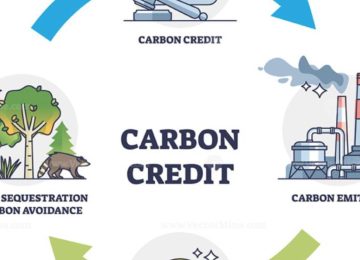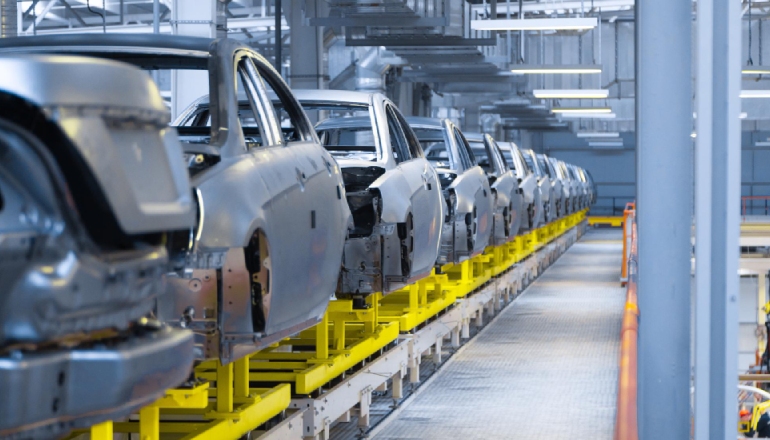The Government of India has released operational guidelines for the charging infrastructure component of its ambitious PM Electric Drive Revolution in Innovative Vehicle Enhancement (PM E-DRIVE) Scheme, which aims to accelerate electric vehicle (EV) adoption and deploy over 72,000 public EV charge points nationwide.
The scheme, backed by a total budget of ₹10,900 crore ($1.23 billion), provides upfront incentives for both EV purchases and charging infrastructure installation.
Operational guidelines:
The operational guidelines for the subsidy under the PM E-DRIVE Scheme (specifically the ₹2,000 crore outlay for EV charging infrastructure) detail a tiered subsidy structure based on the location and type of charging station.
Tiered Subsidy Structure by Location (PM E-DRIVE Scheme)
| Specific Locations Covered | Upstream Infrastructure Subsidy | EV Charging Equipment (EVSE) Subsidy | Key Condition | |
| Government Premises (Full Subsidy) | Government offices, residential complexes, hospitals, and educational institutions. | 100% | 100% | Chargers must offer free public access for all private EV owners. |
| Publicly Owned / High-Traffic Locations | Railway stations, AAI airports, PSU OMC fuel retail outlets, STU bus depots/stations, metro stations, municipal parking lots, public sector ports, and NHAI/state-controlled toll plazas. | 80% | 70% | N/A |
| General City/Highway Locations | City streets, shopping malls, market complexes, and facilities along highways and expressways. | 80% | Not Subsidised | N/A |
| Battery Swapping/Charging Stations | Any location. | 80% | Not Subsidised | N/A |
The focus areas for the rollout are cities with populations above one million, state capitals, smart cities, and high-density transport corridors, with subsidy disbursement linked to compliance and performance benchmarks. The overall plan covers all EV segments, including two-wheelers, e-ambulances, and e-trucks.
- Implementation and Disbursement Guidelines
| Component | Guideline/Detail |
| Eligible Entities | Central government ministries, Central Public Sector Enterprises (CPSEs), and State/UT governments (including their PSUs). |
| Implementation Agency | Bharat Heavy Electricals Limited (BHEL) is the Project Implementation Agency (PIA). |
| Funding Priority Areas | Urban centers (populations > 1 million), smart cities, state capitals, high-density national and state highways, and major public transport hubs. |
| Subsidy Disbursement (Tranches) | Released in two tranches: 70% at the procurement stage and 30% after commissioning and integration with the National Unified EV Charging Hub. |
| Technical Standards | All infrastructure must comply with the latest Ministry of Power standards. Specified capacities include up to 12 kW for light EVs and 50 kW to 500 kW for fast chargers. |
Backdrop:
The PM E-DRIVE scheme was originally unveiled in August 2024 to succeed earlier EV promotion programs like FAME-II. It is designed to incentivize the purchase of all EV types using e-vouchers redeemed by the buyer, alongside the creation of a robust public charging network to address range anxiety and accelerate India’s transition to green mobility.













